The NHL’s truncated 2021 season has a lot of unique quirks, starting with teams playing opponents on consecutive nights that makes the schedule look more like a baseball season than a hockey campaign. But the league did continue its proud tradition of outdoor games, eschewing stadiums with fans and skipping the Winter Classic on New Year’s Day for a two-game set in Lake Tahoe that started on Saturday.
It’s actually a really smart decision for the league: with crowds not really a good idea anyway, the league set up a rink right beside the lake for one of the most scenic backdrops a professional sport has ever created. No fans in attendance, just two teams, a few people in kayaks and NBC TV cameras to broadcast it to people trapped in their homes anyway.
The views were nothing short of spectacular.
Saturday’s game between the Colorado Avalanche and Las Vegas Golden Knights featured sunny skies, gorgeous lake views and mountains in the backdrop for a truly picturesque television event. But as the game actually took place on the outdoor rink, ice conditions quickly deteriorated. The problem was what made the sight so beautiful in the first place: an unrelenting sun that didn’t allow the ice to set and created huge ruts in the playing surface as it broke apart.
The lake that made the sights so spectacular actually hurt the league’s hopes that the puffy clouds in the distance would come rescue the ice. And so things got worse as play continued in the first period. Players were visibly complaining about certain parts of the ice, falling or pointing out problem areas to officials.
During the first intermission, NBC showed replays that featured an official falling during a stoppage in play, followed seconds later by another player hitting a different rut on the other side of the ice. While the league discussed what to do, crews frantically tried to repair things and hope for cloud cover that simply never showed up in time. The league announced a long intermission to try to repair things, and also quickly pushed Sunday’s game between the Philadelphia Flyers and Boston Bruins to a 7 p.m. start, after sunset and hopefully giving them long enough to repair the ice whenever the first game could get wrapped up.
Not everyone had a great time during one of the longest first intermissions in league history, with the Avalanche leading the Golden Knights, 1-0, for a very long time while workers repaired the ice and even laid protective tarps out on the surface.
By early evening, the league decided conditions were unsafe to continue, and the final two periods were rescheduled for 9 p.m. local time, midnight on the east coast. Outdoor games always have their issues, and sun is definitely a concern because of the wear and tear of a professional hockey game can have on a surface made brittle by solar heat. But cloud cover can also bring snow, equally scenic but just as troublesome if it changes ice conditions, as it did at the first Winter Classic in 2008 in Buffalo when an ice resurfacer actually broke because of all the accumulation.
Saturday’s troubles speak to the challenges of holding outdoor games no matter where they are, and hockey fans have learned to expect delays and issues at these events. But for the league, and some who marveled over them on Saturday before play had to stop, the views certainly seem well worth all the trouble.
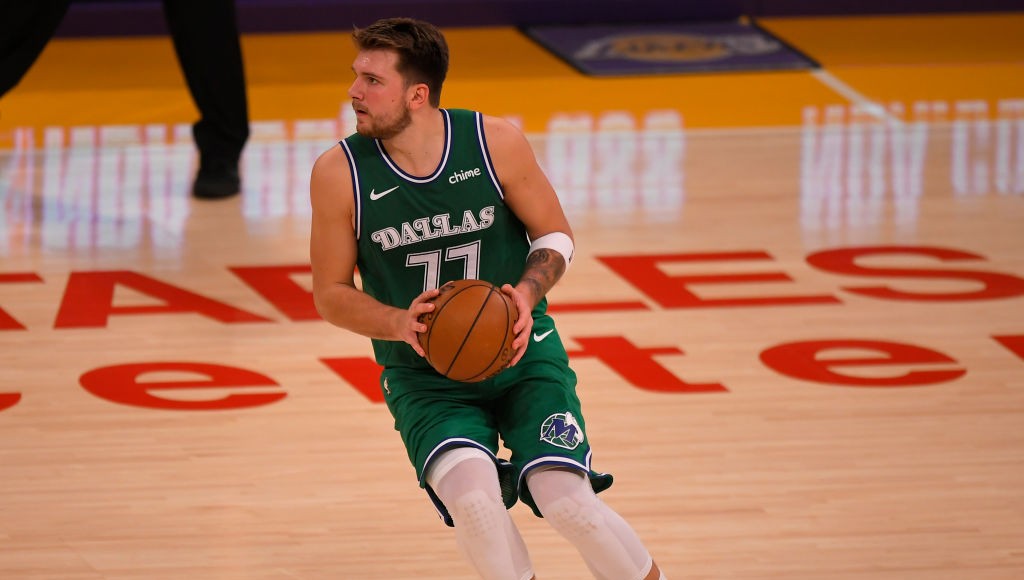

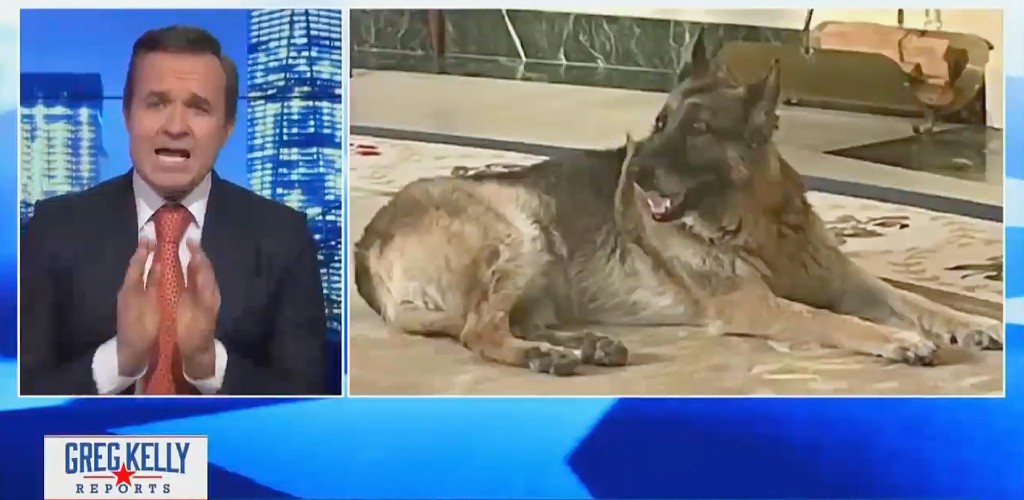
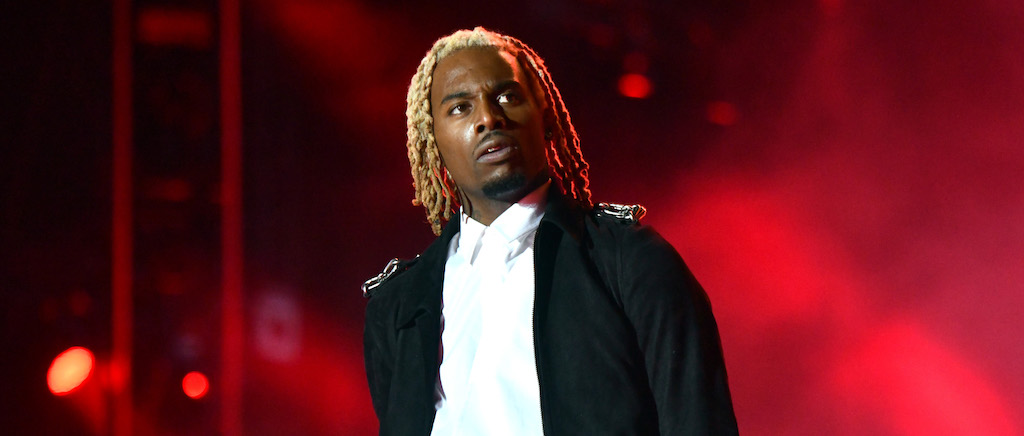



 (@playboicarti)
(@playboicarti) 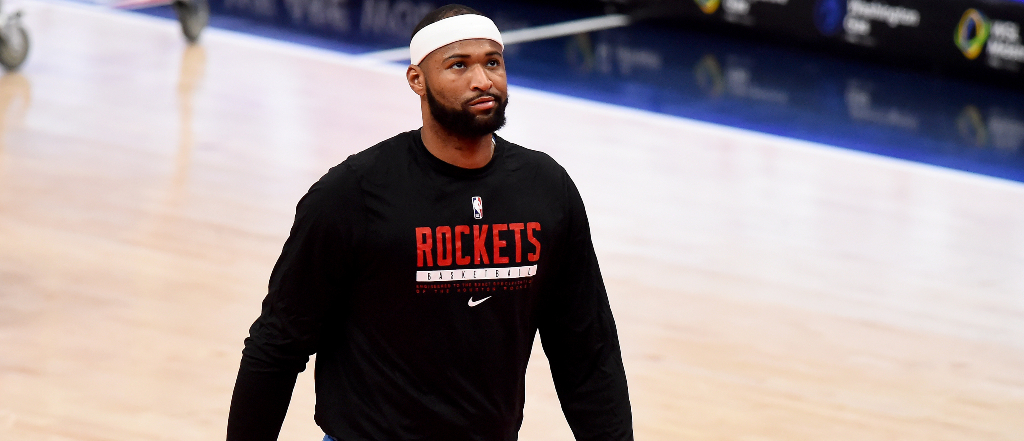
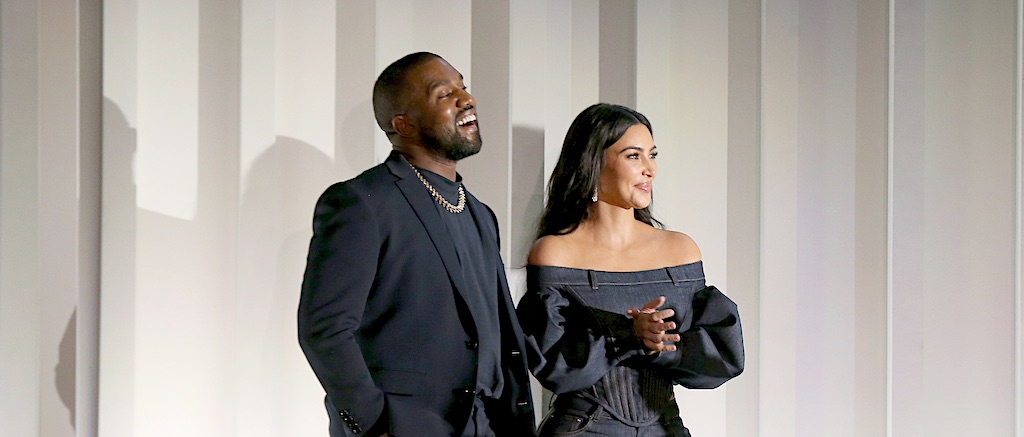
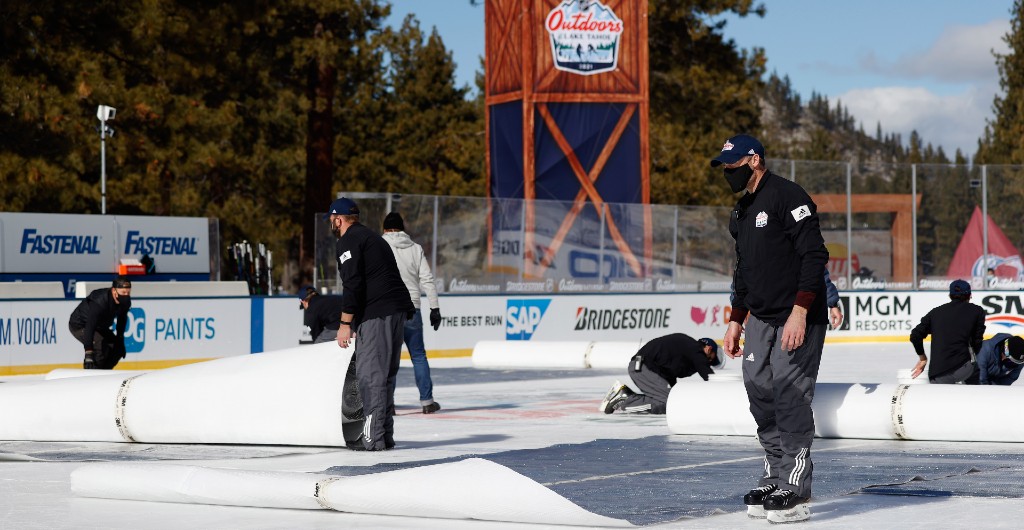
 :
:  :
: 


 : Christian Petersen, Brian Babineau and Ezra Shaw/Getty Images)
: Christian Petersen, Brian Babineau and Ezra Shaw/Getty Images) 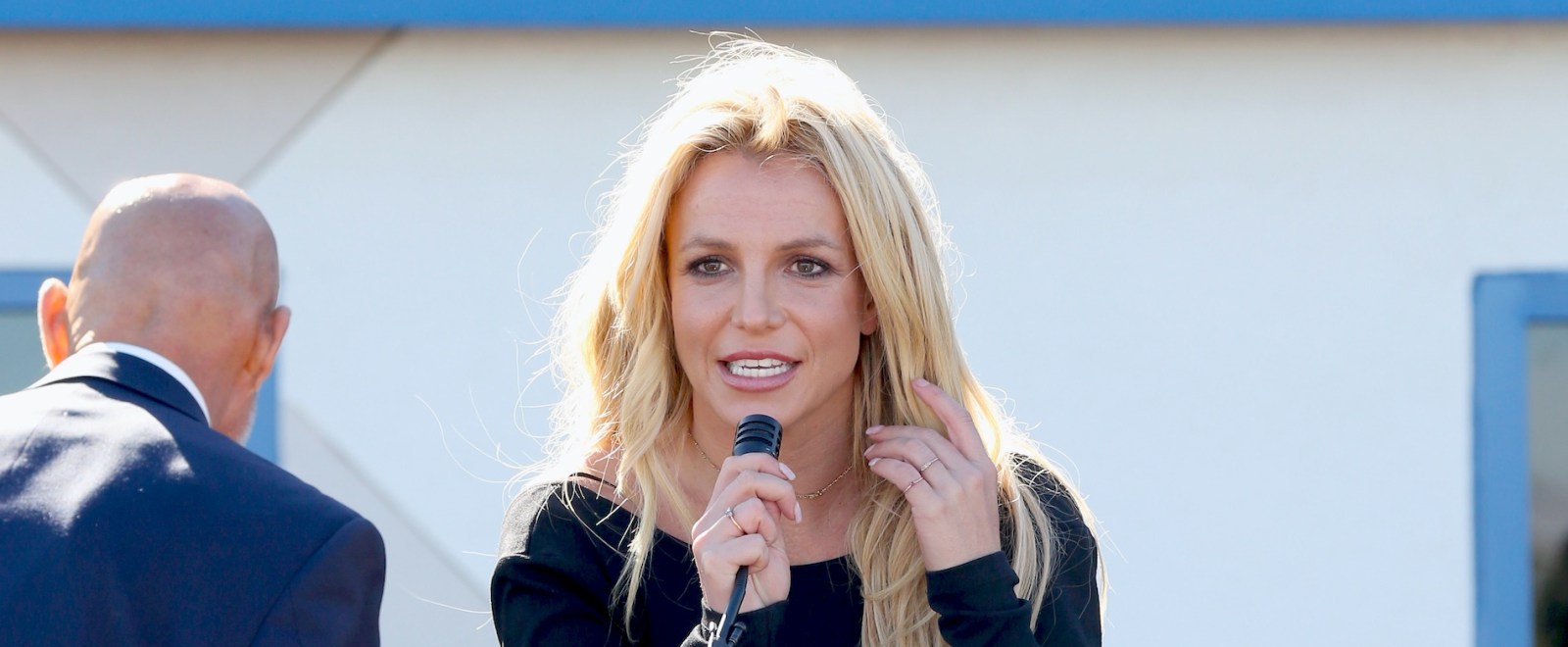

 We’re playing BOPS every hour from Britney Spears on
We’re playing BOPS every hour from Britney Spears on  Tune in
Tune in 
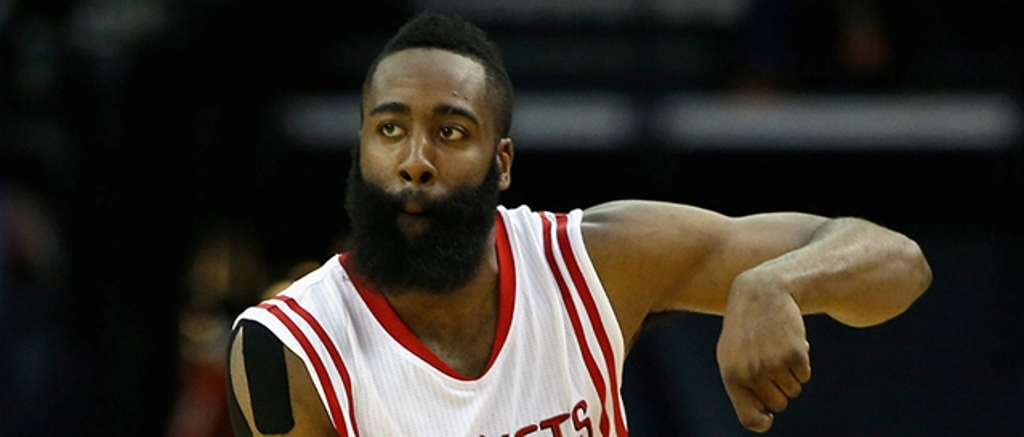

 (@popespeed)
(@popespeed)